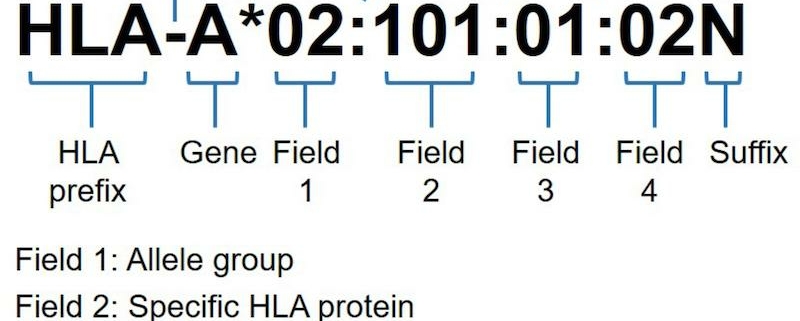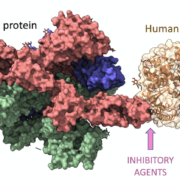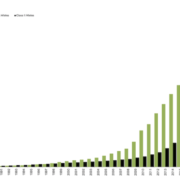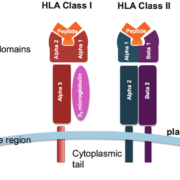The Benefits of 4-Field Resolution for HLA Typing
Human leukocyte antigen (HLA) typing is an essential component of research into immune-related diseases, including autoimmune disorders and infectious diseases. HLA genes are highly polymorphic, meaning that they come in many different forms, and there are thousands of possible HLA alleles. Researchers often use HLA typing to investigate the genetic factors that influence disease susceptibility and immune responses.
There are two types of HLA resolution available: 2-field resolution and 4-field resolution. 2-field resolution involves identifying the HLA gene group, while 4-field resolution involves identifying the specific HLA allele within the group. For example, the 2-field resolution for the HLA-A gene might be A02:01, while the 4-field resolution might be A02:01:01:01.
The benefits of 4-field resolution over 2-field resolution from a research perspective include:
- Increased precision: 4-field resolution provides a higher level of specificity, allowing researchers to more precisely identify the HLA alleles associated with disease susceptibility and immune responses.
- More comprehensive data: With 4-field resolution, researchers can gather more comprehensive data on the genetic variability of HLA genes in the study population. This can help to identify rare or uncommon alleles that may play a role in disease susceptibility or response to treatment.
- Improved statistical power: A more comprehensive dataset with a higher level of specificity can improve the statistical power of the study, allowing researchers to more confidently draw conclusions about the relationship between HLA genes and disease.
- Better comparison between studies: With 4-field resolution, researchers can compare their results more easily with other studies that use the same level of resolution, as they will be able to identify specific HLA alleles with greater precision.
In conclusion, while 2-field resolution is still used in many research studies, 4-field resolution provides several benefits, including increased precision, more comprehensive data, improved statistical power, and better comparison between studies. Researchers investigating the genetic factors underlying immune-related diseases should consider using 4-field resolution for their HLA typing to maximize the quality and utility of their data.







 The Sequencing Center
The Sequencing Center

Leave a Reply
Want to join the discussion?Feel free to contribute!